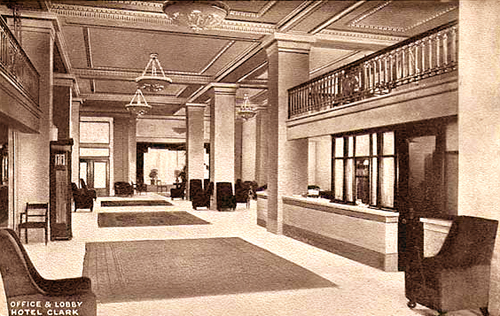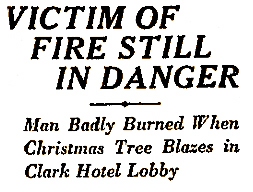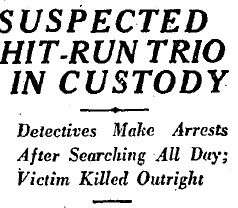June 29, 1927
near Cordova, Alaska
Hollywood death came to the far north today, in the loss of stuntman Ray Thompson, 29, a player in a white water rapids stunt gone wrong on the roaring Copper River in remote Abercrombie Canyon. Thompson was on location for the new M-G-M picture Trail of ’98, starring the fiery Dolores del Rio, under the direction of assistant director Harry Schenck. Numerous small boats were in the stream packed with stuntmen and cameramen shooting a thrilling scene of Gold Rush-era peril, when Thompson and F.H. Daughters of Spokane fell into the water. Joseph Bautin of Juneau jumped in to try to save the men, and joined them in death; his was the only body recovered. Also in the water that day, stunt man Gordon Craveth, who managed to swim to shore.
Motion Picture News previewed the film and its innovative projection technique, but made no mention of the blood shed in its production:
"A big picture, easily of roadshow size, and big because of spectacular sequences this is our opinion on The Trail of ’98, directed by Clarence Brown for M-G-M. More pointedly, it is a presentation of the right sort, by which we mean that the presentation is the picture itself, through the "Fantomscreen," of which more later.
As to the artistic greatness of The Trail of ’98, we don’t know. Who does? But big at the box-office it will certainly be, unless we miss our guess.
The story is the Klondike Gold Rush, and is of epic dimensions. The cast- Dolores del Rio, Ralph Forbes, Tully Marshall, Karl Dane, Harry Carey, George Cooper, and others- is, excellent, with Carey in the forefront as to honors, and Dane and Cooper mostly carrying the
The frenzied rush to the Klondike from all corners of America, and what happened to the individual in his or her fight against the perils of the North, form the story background.
The handling of the characters in this screen version of the Robert W. Service story is dwarfed by the spectacular features. These are four in number: a breath-taking snowslide; the running of the rapids in frail boats; the Chilkoot Pass stuff, with big panorama shots; and the burning of Dawson City.
For the snowshoe sequence, the screen is suddenly enlarged to twice normal size, and moved down to the curtain-line. The effect is, of course, electrifying and carries a big punch. The same method is used with the running of the rapids, a remarkable spectacle. The "Fantomscreen" device, which moves the screen forward or back without interrupting the picture, is a great piece of show manship.
The picture will be roadshowed by J.J. McCarthy, who handled the six great roadshows of the industry’s history: The Birth of A Nation, Way Down East, The Ten Commandments, The Covered Wagon, The Big Parade, Ben Hur."

 December 30, 1927
December 30, 1927






